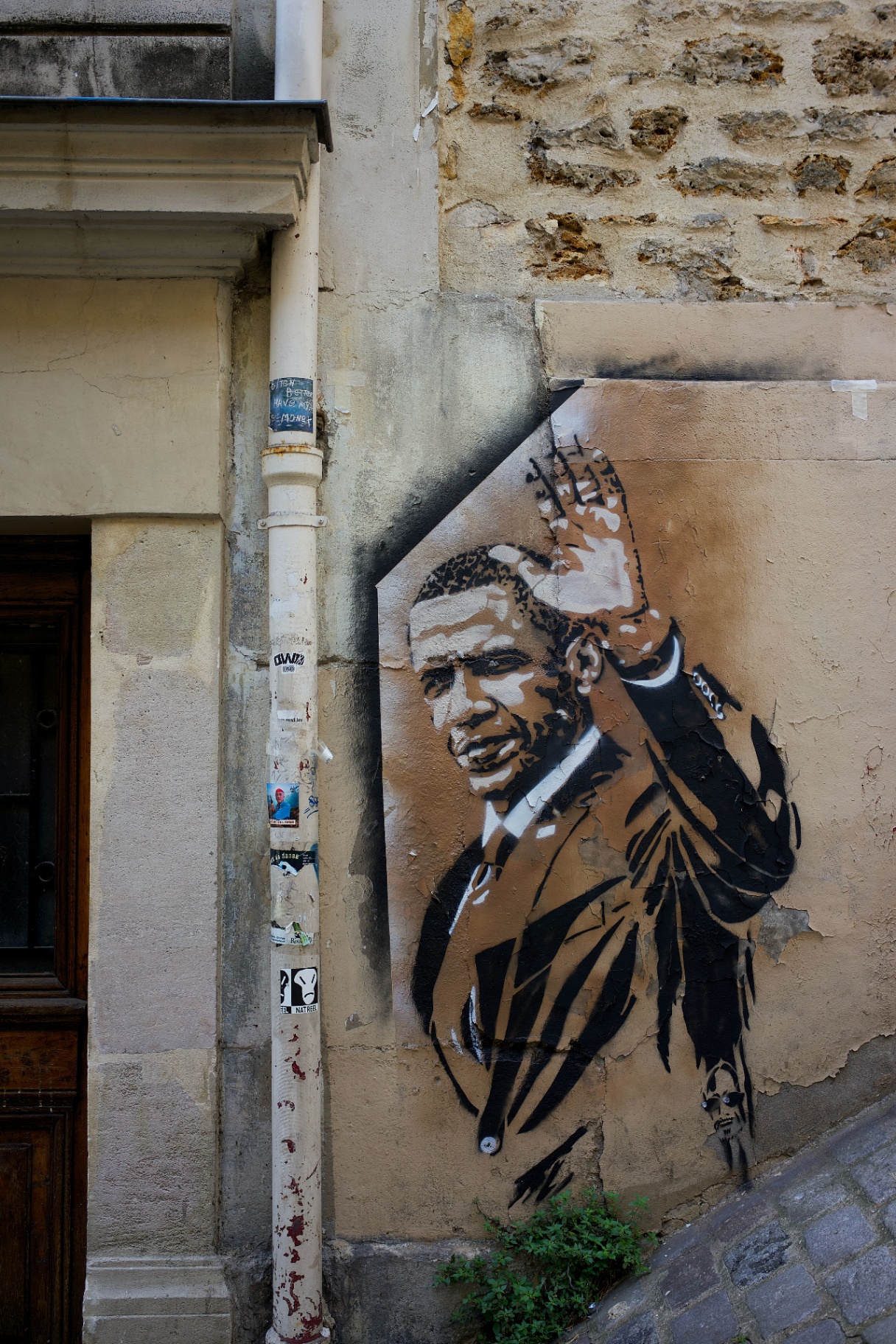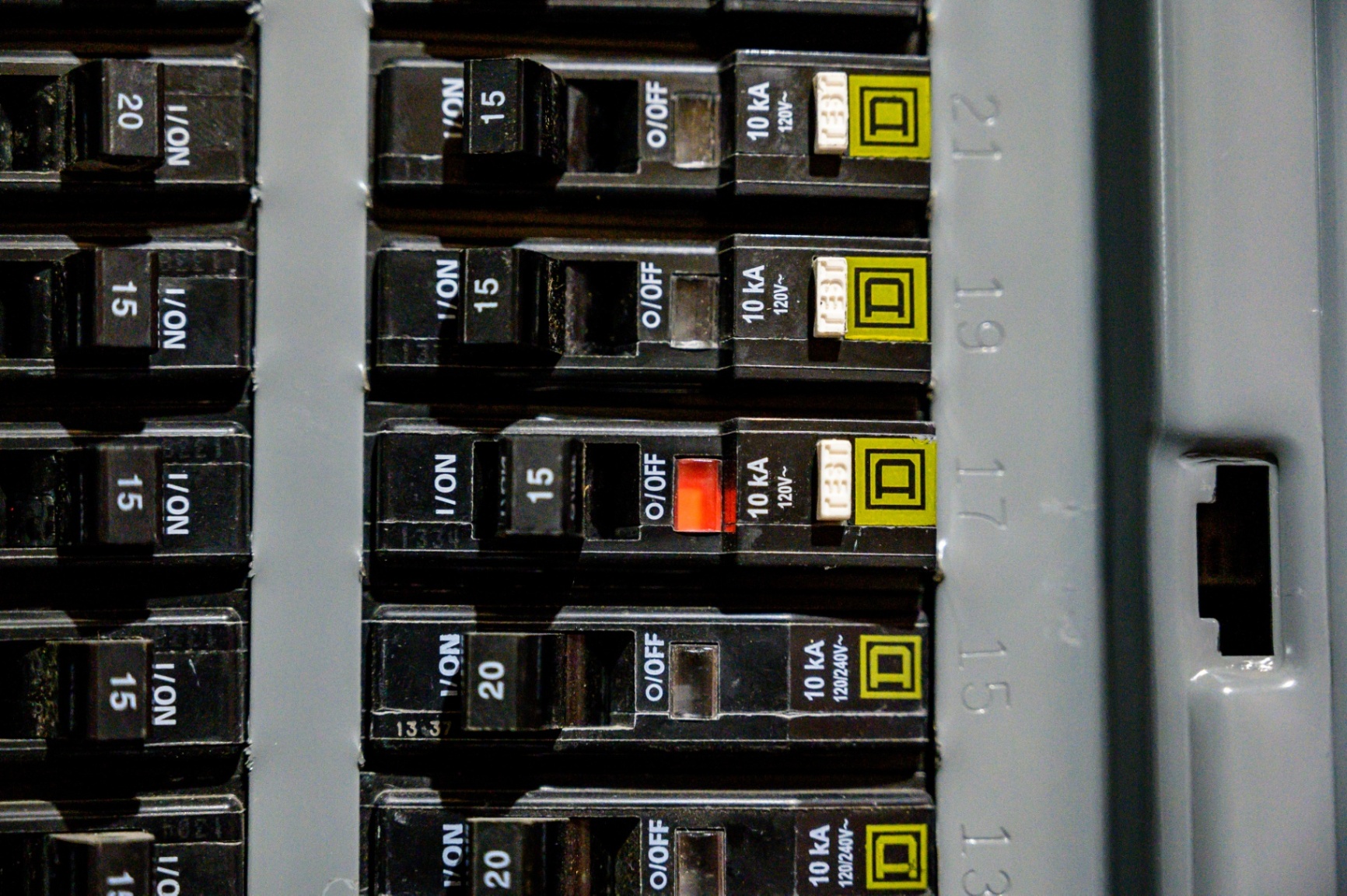AN INTRODUCTION TO THE SADNESS FAMILY OF EMOTIONS

“Emotions are action-requiring neurological programs” ~ Antonio Damasio
The sadnesses are a much-maligned bunch (much like the character of Sadness at the beginning of Pixar’s “Inside Out” movie). As a family, they are particularly susceptible to being avoided or outright exiled. We as a culture tell even very small children to “stop crying,” allow only 3 days off work for a funeral, pathologize depression as a mental health disorder, and harshly judge (or fear) folks who have suicidal thoughts.
I am going to introduce, briefly, another way to think of each of these emotions as laid out more in depth in the work of Karla McLaren (2010, 2013, 2020). As she points out, “If we could move consciously into … emotions rather than into distractions, we would learn brilliant things about ourselves and our situations. The key to bringing ourselves out of our avoidance-distraction trance is to know what emotions are, what [emotions do], and which emotions we’re avoiding and why.” Here is a brief overview of emotions in the sadness family and how we may collaborate with them to lead more ethical and relational lives.
Sadness comes forth to help release unworkable attachments and rejuvenate the psyche. It helps us let go of things we’ve been grasping on to (anything from muscle tension and fatigue to lost hopes or disappointments). The example I usually use here is a break-up. When a romantic relationship is over, sadness is there to help us let it go. When sadness is avoided (or even exiled), however, a person will stay in the relationship way past its expiration date.
McLaren sees this emotion as a two-parter (2010, p. 295). The questions it poses are:
- “What must be released?” The more intense the sadness is, the more important the thing that needs to be let go (hint: fantasies die harder than realities), so the 2nd question is just as important as the first.
- “What must be rejuvenated?” Look for something genuine to replace the loss as opposed to something that “should” replace it.
On the other side of this series of questions lies relaxation and grounding. Grounding provides access to the body. Relaxing provides access to humor, play, and fun. Former President Obama provides a gold-star level example of this.

No matter where you are on the political spectrum, you have to give former President Obama props for leaving the White House in a peaceful transition to someone whose first order of business was to gut anything with his name on it. Not only did President Obama let go of the White House and Presidency (which were over for him, whether he wanted them to be or not), he immediately replaced that with a trip to Hawaii. We all saw the pictures of him surfing with a big smile on his face. That is champion-level sadness practice at work. Even when its contributions are not recognized (much less given credit) sadness does its job in our daily lives in both small and large ways.
Grief, also, is concerned with helping us let go. Whereas sadness helps us let go of things that are no longer working, grief helps us let go of things we have no choice about ending. It comes forward to help release what is irrevocably gone and reconnect us to the life that is still accessible.
It can even help us at the anticipatory grief stage if we invite it in to do its work. The story I tell to illustrate the work of anticipatory grief is one I heard long ago (but can no longer find to credit). A student asks his teacher what could possibly be good about death. The teacher points to a pitcher and says, “One day I will bump into that pitcher by accident and it will fall and break. Right now, however, it is whole. I enjoy and appreciate it more today, knowing that it might be gone tomorrow.” Grief helps us let go of what is gone, but it also connects us with what is precious, both before and after the loss. The example I usually use here is the death of a pet. When my pug Ozzy used to pee in the house, I was understandably frustrated with him. At the same time, I was also aware that there was going to be a time when I would look back on his messes and wish he was still around for me to clean up after. That helped me stay connected to the preciousness of his presence in my life, no matter the frustrations his presence sometimes also posed.

Then, of course, once we experience the actual loss of that which is precious, another layer of grief is revealed. Once Ozzy actually died and the loss of his presence was no longer imagined but real, I realized how much I missed touching him. I knew I enjoyed cuddling with him before he died, but I didn’t realize how much until he was gone. That helped me make some changes that connect me with what is really important to me in life now.
When working with grief, I use different questions than McLaren does. I ask:
- “What do you miss about who has died?” (or “about who/what is gone forever?”)
- “That is what is precious to you about them. You get to keep that, even though they are gone. Their loss highlights for you what is important and you get to make choices about what you do with that going forward.”
- “Now, look around at the life you currently have. With these new eyes that this loss gives you, what about your current life is precious to you?”
In addition to making room for the waves of tears and heartbreak that are an inevitable part of this emotion, we find ways to honor who/what is lost by connecting to what is precious. Grief is the skill of letting go of something that is ended forever and keeping our heart open to life in the process.
Depression is the emotion most concerned with making sure we have at least a tether to reality. Our minds are so awesomely far-ranging. They can have us in the past, in the future, in fantasies and imaginings that will never come to pass. Wonderful things come out of that capacity. But if we spend too much time there without a tether to reality, problems will begin to arise (if, for no other reason, because our bodies only ever exist in the present moment and require physical tending).
McLaren talks about depression as “the brilliant stop sign of the soul” (2010, p. 327). More specifically, she says that “[situational] depression is not a single emotion, but a constellation of emotions, postures, decisions, and health issues. Depression is an ingenious (albeit overwhelming) movement in the psyche that takes you out of commission for crucial reasons…. Depression arises in response to exterior and interior conflicts that destabilize your psyche and while it can be crushingly disruptive, depression has a vital healing purpose” (2010, pp. 327-328). “Depression exists to slow you down and stop you from moving forward in the wrong way with the wrong intentions for the wrong reasons” (McLaren, 2010, p. 334). Grief attempts to help us mourn and release something that’s gone whereas depression is trying to slow us down to notice what IS and make adjustments. Both tasks may be important in a given situation, but they are still two very different jobs and our emotions are letting us know which is needed when and where. Think of depression as a circuit breaker.
 While it may be inconvenient (the lights are out), it is also protecting the major appliances (i.e. our system) from burnout. When we blow past other emotions and warning signs, depression takes away our power in order to slow us down in the hopes of bringing attention to what is no longer sustainable. It is one of the last lines of defense we have to right our imbalanced system. “Depression takes over after your sadness has asked you to release something, but you wouldn’t; after your anger needed you to set a boundary, but you refused; after your shame asked you to amend your behaviors, but you kept right on misbehaving; and after your fear alerted you to certain danger, but you ignored your intuition and kept right on going” (McLaren, 2010, p. 341).
While it may be inconvenient (the lights are out), it is also protecting the major appliances (i.e. our system) from burnout. When we blow past other emotions and warning signs, depression takes away our power in order to slow us down in the hopes of bringing attention to what is no longer sustainable. It is one of the last lines of defense we have to right our imbalanced system. “Depression takes over after your sadness has asked you to release something, but you wouldn’t; after your anger needed you to set a boundary, but you refused; after your shame asked you to amend your behaviors, but you kept right on misbehaving; and after your fear alerted you to certain danger, but you ignored your intuition and kept right on going” (McLaren, 2010, p. 341).
I use different questions for depression than the ones posed by McLaren. These different questions were suggested by Melina Larkin, LCSW (one of the clinicians who works here at Brave Acorn) and I have found them very useful:
- “What sucks?”
- “What am I ignoring?”
Depression’s gift of tethering us to reality became clearer to me after reading a biography of Abraham Lincoln entitled “Lincoln’s Melancholy: How Depression Challenged a President and Fueled his Greatness” (Shenk, 2005). “In Lincoln’s time, people understood the obvious point that research bears out: every cognitive style has assets and defects, which change according to circumstances. This seems surprising today because, by some quirk of culture, some cognitive styles are held to be superior and others inferior; one emotion (joy) is ‘positive’ and all others (sadness, fear, anger, and shame) are ‘negative.’ If we value accurate perception, however, we must qualify our worship of joy and happiness. People actively seek to filter out painful stimuli, and while this may help them limit distress, it can also sharply distort their actual environment” (Shenk, 2005, pp. 136-137). Add to this Peter Kramer’s observation that, “Throughout history it has been known that melancholics, though they have little energy, use their energy well; they tend to work hard in a focused area, do great things, and derive little pleasure from their accomplishments. Much of the insight and creative achievement of the human race is due to the discontent, guilt, and critical eye of dysthymics” (1993, p. 65). Depression has a very important (if misunderstood) job to do and it can help us do great things when we collaborate with it rather than ignore it.
Depression tethers us to the reality of our current situation in the hopes that we will tend to what we see there. If we can do this on a regular basis, depression may never be felt as more than a passing breeze. If we regularly avoid and ignore it, however, it has to get intense enough to get our attention (and keep going until we address what we’ve been ignoring). Remember, “emotions are action-requiring neurological programs” (Damasio, 2010). Once we take that action and we have tended to the reality that needs tending, the intensity of the depression subsides because it’s done its job. Flow is returned to our system.
The Suicidal Urge is definitely an exiled emotion in our culture. How in the world could an emotion that prompts someone to kill themselves possibly contribute to our emotional and psychological existence? Take a breath, and allow me introduce you to McLaren’s (2010, p. 345) way of looking at this intense and gravely misunderstood emotion. Looked at as a specific emotion, the suicidal urge poses two questions:
- “What idea or behavior must end now?”
- “What can no longer be tolerated in my soul?”
Think of it as the Statue of Liberty. The suicidal urge does not want to kill us. It wants to liberate us from the life we’re currently living.

“Suicidal urges come forward with all their intensity and all their ferocity when your situation is so unbearable that you require an intense infusion of energy, but they do not come to kill you. Your suicidal urges arise when you need enough energy to wrench yourself bodily, emotionally, psychologically, and spiritually out of a situation that is killing you already” (McLaren, 2010, pp. 347-348). When I have a client who shares their suicidal thoughts with me, I ask them, “What (not who) would need to die so that you may live?”
This can definitely be a rapids-level intensity emotion, so please be sure to get help to sort through it if you are experiencing it (the National Suicide Prevention Line is 1-800-273-8255). AND know that it, too, is trying to help you live and move in a healthier direction.
No Emotion is a Mistake
by Jeff Foster
Awakening is not about deleting or transcending human emotions,
for how would the ocean transcend a single wave,
and how would the sun transcend one of its beloved sunbeams?
It’s about seeing that every emotion
– from joy to despair, bliss to boredom, agony to ecstasy –
is only a movement of life energy,
actually a movement of yourself,
a wave in your vastness.
No emotion is a threat, an enemy, or a punishment.
Every emotion is an invitation to remember your vastness,
rest in your oceanic nature.
You are on a pathless path of radical inclusion, friend,
and there are no mistakes here.
References:
- Damasio, A. (2010). Self comes to mind: Constructing the conscious brain. NY: Pantheon.
- Kramer, P. (1993). Listening to prozac. New York, NY, USA: Viking.
- McLaren, K. (2010). The language of emotions: What your feelings are trying to tell you. Boulder, CO: Sounds True.
- McLaren, K. (2013). The art of empathy: A complete guide to life’s most essential skill. Boulder, CO: Sounds True.
- McLaren, K. (2020). Embracing anxiety: How to access the genius of this vital emotion. Boulder, CO: Sounds True.
- Shenk, J. W. (2005). Lincoln’s melancholy: How depression challenged a president and fueled his greatness. New York, NY: Houghton Mifflin Company.

